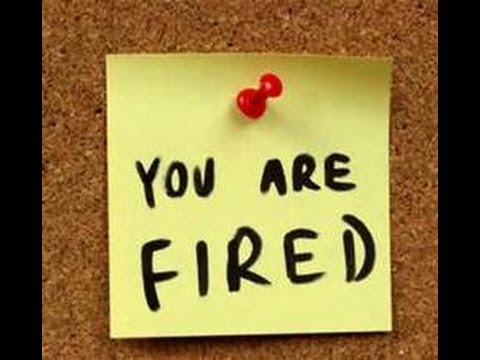Firing a client can help you make way for others who better suit your business.
Letting someone go can be hard to do. But when it comes to certain clients, it may be necessary to ease them out of your business portfolio.
Fire a client? Who does that? Well, successful companies committed to providing the best service possible and maximizing their energy for future growth do it whenever necessary.
Let’s face it: We all have had all-encompassing clients with whom the payoff does not correspond to the hours spent catering to their needs. These clients just may not be a good fit for your business. Essentially, if what you give far outweighs the return, or if you struggle to meet your client’s needs and expectations, it is probably time to fire that client. You are not doing what is best for them (or you) by keeping them in your portfolio.
This may seem counter-intuitive to growing your business, and the thought of giving up hard-earned clients may make you cringe, but, in fact, it better supports your success.
Why? If you have clients who are overly demanding, temperamental, or requiring skills or services you do not wish to provide — especially if they do not pay you what you’re worth — perhaps it is time to cut ties to make room for new clients.
According to the Forbes article “4 Reasons to Fire a Client,” sometimes a business will discover that focusing on a different set of services is far more profitable than some other services they offer. So, the business focus shifts, and the client portfolio should shift with it.
Firing those ill-fitting clients allows time to acquire new clients who align with your top skills and practices, and who will pay you what you’re worth for them. Essentially, you set yourself free to work with those that can fully benefit from your services. And focusing your time on clients that fit your business model will better support growth and happy clients who recommend your services to others.
How do you decide?
You may have a client that comes to mind as you read this. You are always making adjustments to provide them the best service. You second guess yourself and your quality of work. Quite simply, the relationship is exhausting.
First, you should do a thorough audit of your relationship with this client. Identify why the client doesn’t seem to fit your company’s business model. Essentially, try and identify why your client’s needs and your company’s services do not seem to align.
Perhaps your business and theirs were once a good fit, but now you have grown apart. According to the Harvard Business Review article “A Consultant’s Guide to Firing a Client,” business owners typically learn exactly where they excel, and where they’d like to focus their attention, over time, so perhaps your focus has changed or grown. Maybe this client has never been a good fit, and hindsight is 20/20. Examine the entire business relationship from the time you first acquired the client, and document everything.
How do you fire a client?
Once you determine that you will fire a client, the approach must be done either by phone conversation or in person. Never leave a message, send an email, or text a client to accomplish this. You need to do it with tact and professionalism.
Discuss and illustrate the basic reasons why the client and your services are no longer a great fit for either of you. Recommend another company to take your place if you can, and thank them for the time you worked together.
You need to keep your company’s strengths in the forefront of what you do and the services you provide. Some clients mesh with your particular expertise, interests, ethical practices, and work style. Other clients will make you feel like it is a constant struggle to provide them what they need and deserve. Sometimes firing a client is the best thing you could do for both your business and theirs.
Related posts:

